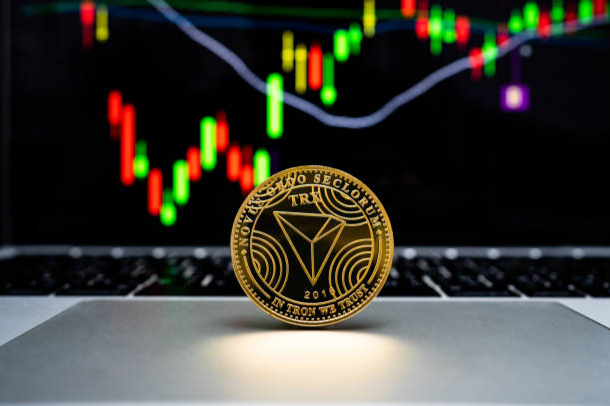
TRON, a decentralized blockchain platform, has made waves in the cryptocurrency world. With its unique architecture and a special focus on the entertainment industry, TRON has gained a substantial user base. At the heart of TRON’s ecosystem lies its native cryptocurrency, Tronix (TRX). There are two primary methods to acquire TRX: mining and staking. In this article, we’ll delve into the details of both methods, explaining the differences and helping you decide which is right for you.
Mining is a concept as old as Bitcoin itself. It involves individuals or groups contributing their computing power to solve complex mathematical problems, known as proof-of-work, to secure a blockchain network. Successful miners are rewarded with newly minted tokens, creating an incentive to participate in the network’s maintenance and security.
However, TRON takes a different approach when it comes to token acquisition. Unlike Bitcoin’s traditional mining, TRON employs a Delegated Proof-of-Stake (DPoS) consensus mechanism. DPoS shifts the focus from computational power to token ownership and delegation. Here’s a closer look at mining and how TRON differs:
Staking, on the other hand, is a less resource-intensive method of participating in a blockchain network. It involves token holders locking up a certain amount of TRX tokens, which are then used to support and validate transactions. In return for this commitment, stakers receive rewards in the form of newly minted TRX tokens.
Staking offers several advantages over traditional mining, making it an appealing choice for many cryptocurrency enthusiasts:
If you’re interested in participating in TRON’s staking process, here’s a step-by-step guide to get you started:
Earning rewards through staking involves several factors that can impact the amount you receive. These factors include:
In conclusion, TRON’s token acquisition methods, mining and staking, offer distinct advantages and cater to different preferences within the cryptocurrency community. Mining, while a proven and robust approach, may not align with everyone’s values due to its energy-intensive nature. Staking, on the other hand, is more energy-efficient, cost-effective, and accessible, making it an attractive option for a broader audience. Ultimately, the choice between mining and staking depends on your priorities and resources. If you’re environmentally conscious and looking for a more user-friendly way to participate in the TRON network, staking might be your preferred method.
Keep in mind that we may receive commissions when you click our links and make purchases. However, this does not impact our reviews and comparisons. We try our best to keep things fair and balanced, in order to help you make the best choice for you.